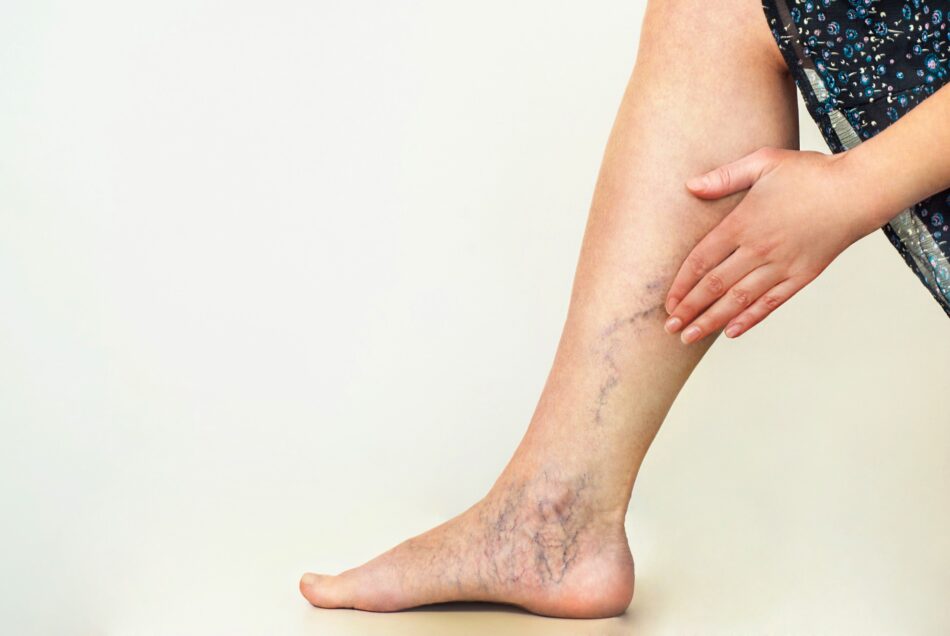There are over 23% adults with varicose veins globally. The condition causes painful discomfort and can lead to other complications if not managed in time. Therefore, you should get a general surgeon to examine the problem and prescribe proper treatment.
What is a varicose vein?
Varicose veins are also called varicoses or varicosities. It is a condition where the veins enlarge, dilate and become overfilled with blood. They mostly appear on lower legs in bluish-purple color. Varicose veins mostly happen in older persons and pregnant women.
The small varicose veins are less harmful but may cause pain and discomfort. They can also lead to severe conditions such as toxins in iron-rich blood, clots, and depletion of oxygen pool.
Causes of varicose vein
The valves in the veins prevent the backflow of blood. If they cannot function properly, blood may accumulate in veins instead of flowing to the heart. As a result, the veins swell, thus causing varicose veins.
The causes include:
-
Menopause
-
Pregnancy
-
Family history of the condition
-
Obesity
-
Over 50 years of age.
Diagnosis of varicose veins
The surgeon physically examines your legs to check the visible veins. An ultrasound is necessary to get a better look at your blood flow in the veins. It will show if there are any blockages, abnormal movement, and valve leakages.
Through a computer, the doctor will see the part of the vein that is causing blood backflow to the legs. Therefore, recommend suitable treatment.
Varicose vein treatment options
Mild to moderate varicose veins can be treated through simple self-care procedures to prevent the condition from getting worse. They include:
-
Maintaining a healthy weight
-
Avoiding excessive standing
-
Exercising to boost blood circulation
-
Wear specialized compression stockings to place pressure on your legs. The pressure enables the blood to flow to the heart with ease. The compression also helps reduce swelling. However, the compression level varies depending on the extent of your condition.
-
Raise your legs three times a day for 15 minutes to relieve pressure from the veins.
Varicose veins treatment for severe conditions
Varicose veins treatment for severe conditions is called interventions. The surgeon may use minor procedures to treat tiny spider veins or place catheters inside wider veins. Some procedures include:
-
Sclerotherapy is the procedure used for minor treatments. The doctor injects a solution in your small veins to close and makes them fade. You can also do the same method with a foam solution to close large veins.
-
Microsclerotherapy. The surgeon uses a fluid chemical injection to close smaller veins.
-
Laser surgery involves blocking a vein using light energy
-
Endovenous ablation therapy. It is the most effective alternative in blocking varicose veins. In this procedure, the doctor uses radiofrequency waves and heat from an electrode to block a vein.
-
Endoscopic vein surgery. Under this treatment procedure, the surgeon inserts a small lighted scope into your body through an incision to close the vein.
-
Ligation and phlebectomy. These are surgical procedures suitable for fixing large veins. The surgeon ties off the vein and removes it through small surgical incisions.
How long does it take to recover?
Patients who undergo the phlebectomy or endovenous ablation get back to work in three days. For other minor procedures, the patients can resume work as soon as possible.
It would be best if you discuss with your surgeon about the varicose vein treatment options available. And also the risks involved in each before selecting the most suitable one. Your doctor will recommend a method depending on your size, symptoms, and location of the varicose vein.

